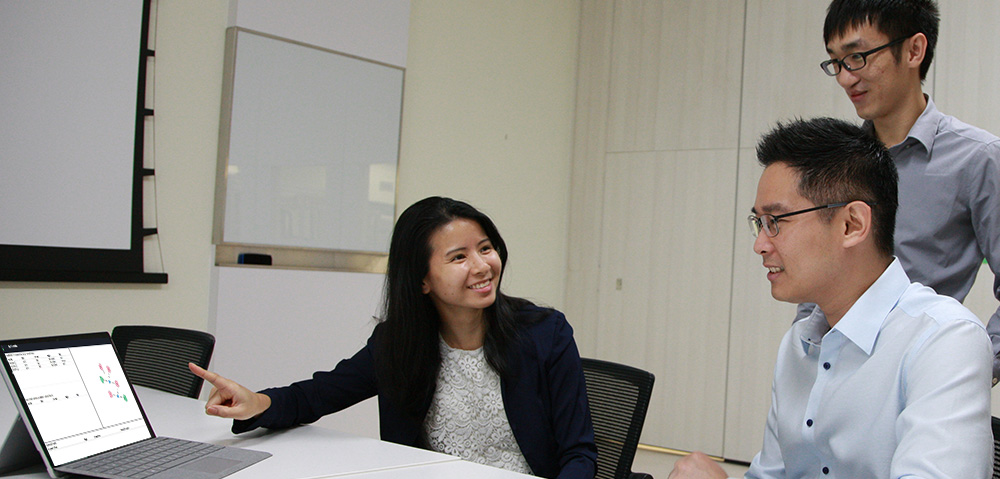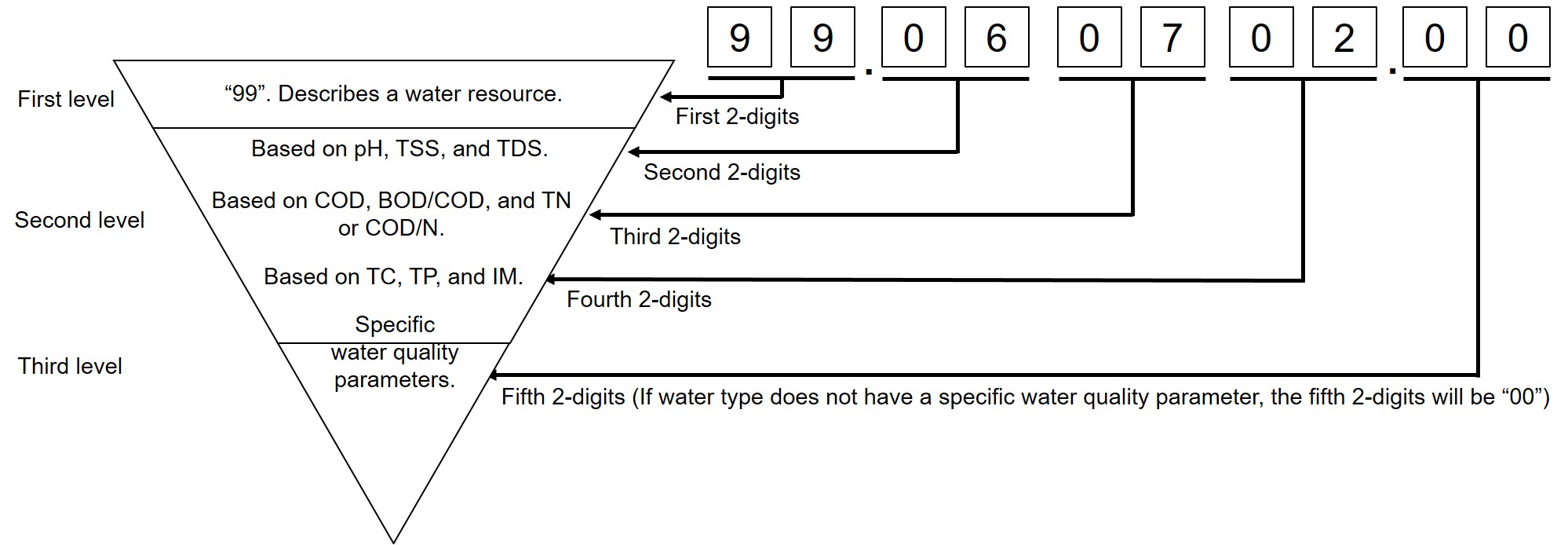
- Press Releases
- Industry Updates
- SIMTech Manufacturing Matters
- Manufacturing Matters
- SIMTech 30th Anniversary
- Events
- ASPEN2022
- BCA Green Mark (Platinum) for Healthier Workplaces and Laboratories
Water Treatment Technology for Recycling
A method is developed to classify and assign unique numerical identification codes to different water and wastewater types based on their water quality

The recycling and recovery of water and resources from wastewater is necessary to maintain sustainable use of limited freshwater resources. In an industrial park, recycling is more difficult. A factory may not understand different water qualities from another factory and the water recycling technologies that enable recycling and reuse. This is because clean water and wastewater are typically measured using different water quality parameters and these parameters might be interpreted differently by different industries and for different purposes. To tackle this problem, we need to distinguish and reference different water and wastewater types so that water quality is commonly understood across industries, and enable suitable water treatment processes based on their specific water quality.
The method enables different water types to be represented numerically. This allows users to identify the types of (waste) water being used/discharged by their companies and make use of tools to treat or recycle them
To achieve this, SIMTech developed a method to classify and assign unique numerical identification codes to different water and wastewater types based on their water quality. This is based on a commonly used set of water quality parameters for water and wastewater quality monitoring. This includes key water quality parameters and additional parameters grouped into 2 sets, representing priority pollutants and other restricted parameters and developed into a 10-digit classification system (Fig 1). This identification code acts as a common basis for different industries to reference water and wastewater resources and reduces ambiguity in the communication of water types.
Fig 1: Water classification method based on water quality parameters
This classification system supports a waste(water)-to-resource tool that aims to help users find out which of their wastewater can be converted into a potential resource or which of their resource can be derived from wastewater, as well as what technology enables the waste(water)-to-resource conversion. Subsequently, the tool combs through the waste-to-resource matching database to recommend possible recycling technologies that convert wastewater to usable water.
A*STAR celebrates International Women's Day

From groundbreaking discoveries to cutting-edge research, our researchers are empowering the next generation of female science, technology, engineering and mathematics (STEM) leaders.
Get inspired by our #WomeninSTEM
.png?sfvrsn=843a4005_8)